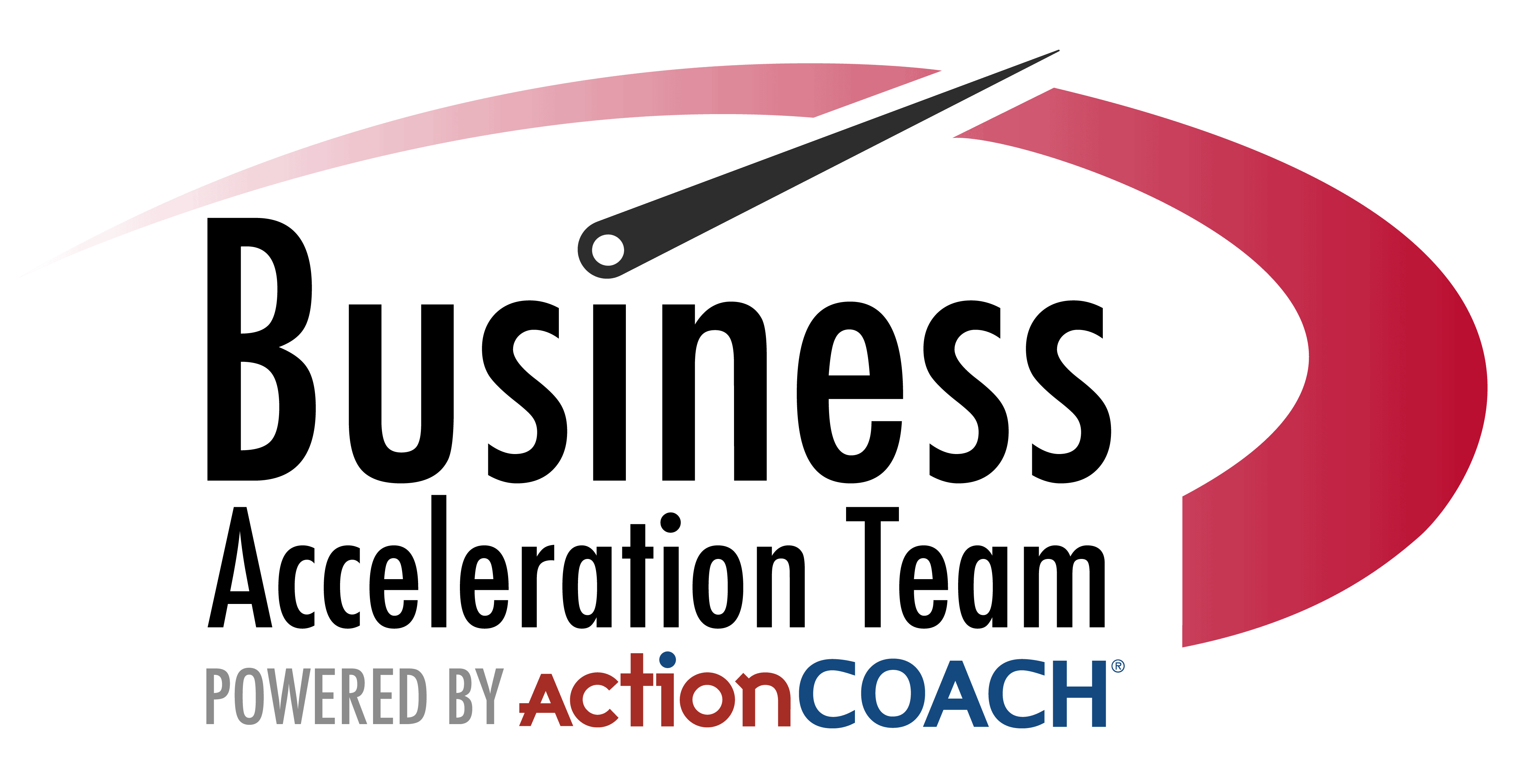21 Apr Why Your Team Isn’t Stepping Up – And How to Change That
Have you ever found yourself wondering why your team isn’t living up to its potential? You’re not alone. It’s a common dilemma in the workplace, and it’s one that can be incredibly frustrating. But don’t despair; there are actionable steps you can take to turn things around.
The first thing you need to understand is that a lack of initiative often stems from a lack of clarity. Your team members may not fully grasp what’s expected of them. It’s crucial to set clear, achievable goals. When people know exactly what they’re aiming for, they’re more likely to take the bull by the horns and charge forward.
Another key factor is empowerment. Do your team members feel they have the authority to make decisions? If not, it’s like trying to drive a car without a steering wheel. Empowerment fosters ownership, and when people feel like they own their work, they’re more invested in the outcome.
Now, let’s talk about motivation. It’s the fuel that powers the engine of progress. Understanding what motivates your team is essential. Some may be driven by recognition, others by a sense of accomplishment or the opportunity to grow. Tap into these motivators, and you’ll see a marked difference in how your team steps up.
But it’s not just about the carrot; it’s also about the stick. Accountability is key. When there’s no follow-through on expectations, it sends a message that it’s okay to drop the ball. Set up regular check-ins to monitor progress, and hold your team accountable for their deliverables. This doesn’t mean micromanaging, but rather ensuring that everyone is on track and aware that their contributions are being noted.
Communication is the glue that holds all of this together. It’s essential to have open lines of communication where team members can voice their ideas, concerns, and feedback. This two-way street builds trust and breaks down barriers, paving the way for a more cohesive and proactive team.
Lastly, it’s important to lead by example. You can’t expect your team to step up if you’re not doing so yourself. Show them what it means to take initiative. Be the change you want to see, and your team is likely to follow suit.
In conclusion, if your team isn’t stepping up, it’s time for a change in strategy. Provide clarity, empower your team, understand their motivators, enforce accountability, communicate effectively, and lead by example. These are the pillars that will transform your team from passive participants into active drivers of success.
Remember, the potential is there; it’s just waiting for the right conditions to thrive. So go ahead, set the stage for greatness and watch your team rise to the occasion.











